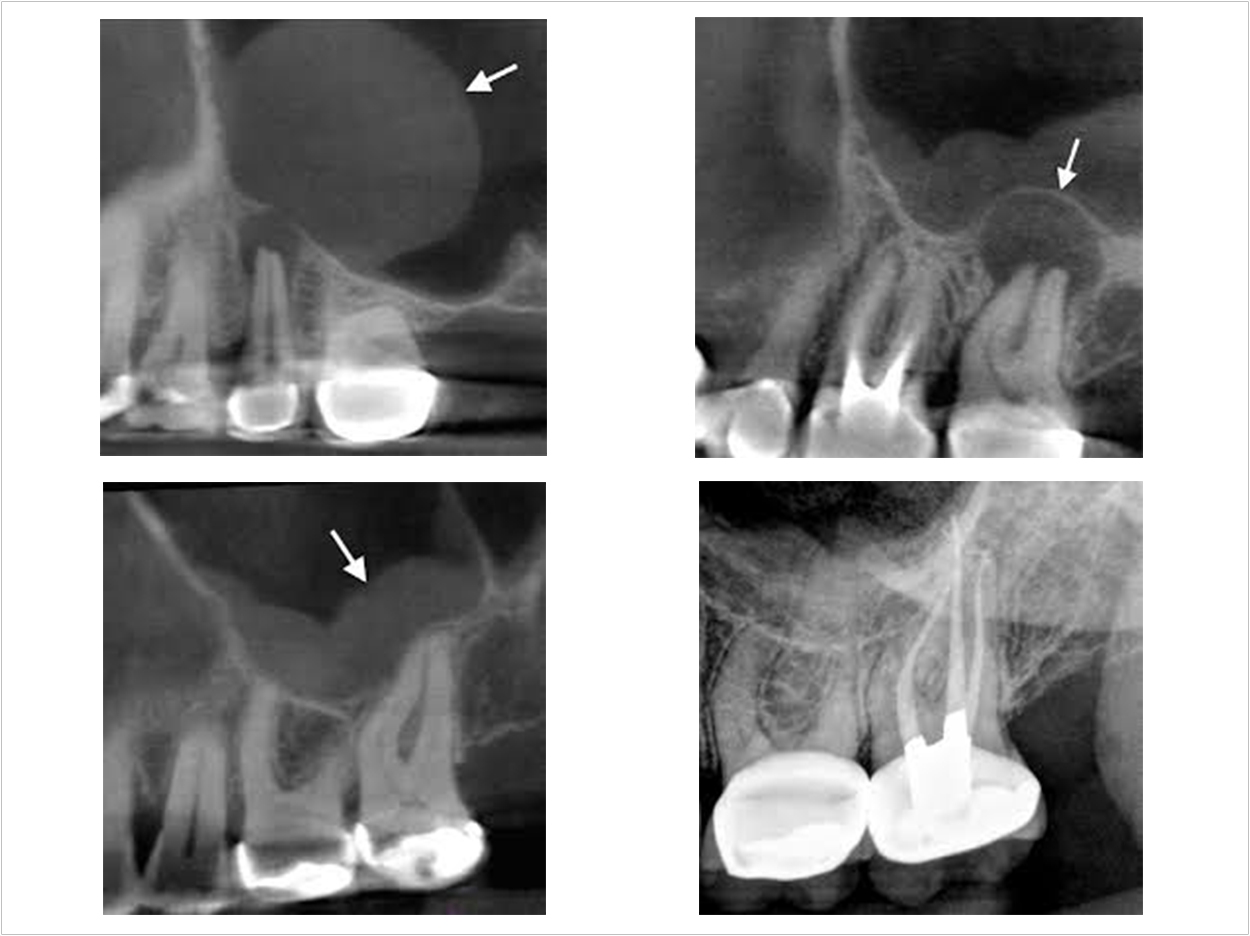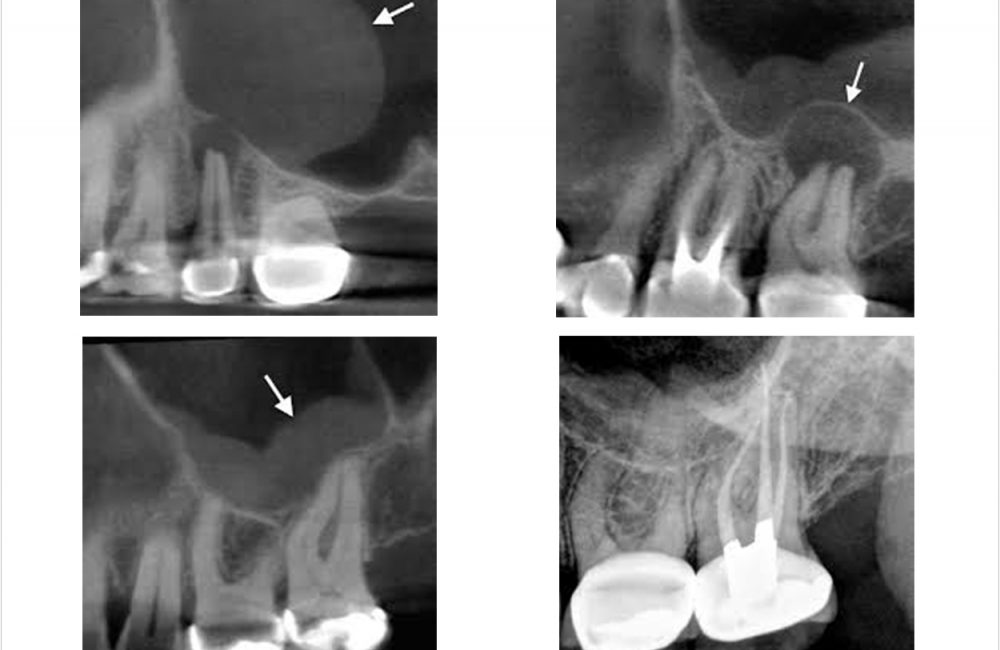
As people wrestle with chronic sinus infections this winter, an underlying tooth infection may be to blame, according to endodontist Michael J. Lewis, DMD.
“In short, sometimes the roots of one’s teeth become infected and that infection can spread to a space located behind one’s cheek bones,” said Lewis, a specialist member of the American Association of Endodontists (AAE).
“The patient may experience signs of seasonal allergies or of a sinus infection and be prescribed antibiotics by their primary care providers. While these antibiotics may treat the infection in one’s nose, they don’t always cure their tooth infection,” said Lewis.
Maxillary sinusitis of endodontic origin (MSEO) begins when the roots of the upper back teeth extend quite close to the air-filled maxillary sinus behind the cheekbones. If one of these teeth becomes infected, the infection can spread rather easily out of the end of the tooth’s root and into the maxillary sinus.
Patients with MSEO often exhibit sinus or nasal symptoms including post-nasal drip or general sinus congestion, which they may think is due to seasonal allergies. Some patients may even experience recurring sinus infections, which their physician often will treat with antibiotics.
While antibiotics will resolve the infection for a period of time, they are incapable of reaching the source of the infection inside the tooth. Once the antibiotics are ceased, the infection will slowly re-emerge from the tooth and spread back into the sinus.
Ironically, MSEO patients usually won’t exhibit any tooth pain. This absence of dental symptoms can make it very difficult for the patient, the physician, and the dentist to even recognize that there is even a tooth infection present.
As a result, patients often suffer from this condition for many years before it is recognized. Lewis says that easy and relatively painless treatment options like a root canal may help eliminate the bacteria that causes the infections.
“Many people may cringe at the thought of having root canal treatment, but in the right hands of a highly skilled and specialized endodontist, the process is quite easy and relatively painless,” said Lewis.
“For those patients diagnosed with MSEO, root canal therapy or retreatment alone may completely remove their sinus symptoms, with about half of all patients experiencing the procedure requiring no other medical care,” said Lewis.
“Patients who do not experience relief may need additional care from an ENT to fully resolve their complaints, but a root canal treatment is a necessary first step,” Lewis said.
The AAE will present a webinar on “The Endo-Antral Connection—Understanding the Role of Endodontic Infections in Maxillary Sinus Disease” on February 21 at 7 pm EST.
Related Articles
Root Canals Aren’t What They Used to Be
Do Root Canal Outcomes Differ for Endodontists and GPs?
Student Develops One-Shot Root Canal Alternative











